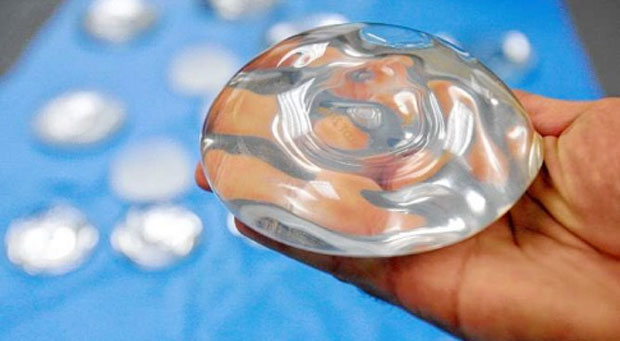
The TGA has asked doctors to stay alert to the risk of anaplastic large cell lymphoma in people with breast implants, despite the risk remaining very small.
The update was issued on Tuesday, building on nearly two decades of research into the association between lymphoma and breast implants.
“If you are treating a patient who has breast implants, please be alert to this issue,” the TGA statement said.
Anaplastic large cell lymphoma often initially manifests with swelling of the breast due to fluid accumulation around the implant. It may progress to invade the tissue surrounding the capsule, and if left untreated may progress to axillary lymph nodes.
Vigilance was of particular importance for patients with late onset, persistent seroma, capsular contracture or masses adjacent to the breast implant, the TGA stated.
The TGA suggested that doctors consult an anatomical pathologist to confirm the diagnosis through cytological examination of seroma fluid and immunohistochemistry testing.
Preventative breast implant removal in asymptomatic patients was not recommended, the TGA said.
ALCL is a very rare condition, affecting an estimated 1 in 500,000 women per year in the US.
There are no equivalent data for Australia, but breast implant-associated anaplastic large cell lymphoma has only been reported 23 times since 2011.
A review by the Advisory Committee on the Safety of Medical Devices in April last year confirmed that it was a very rare complication and said the TGA’s current advice should be maintained.
The TGA has been monitoring the malignancy since the FDA issued a safety warning in 2011, which was based on a review of the scientific literature published since 1997.
The FDA’s research also led to Canadian, French and the UK regulators similarly probing breast implant safety.
